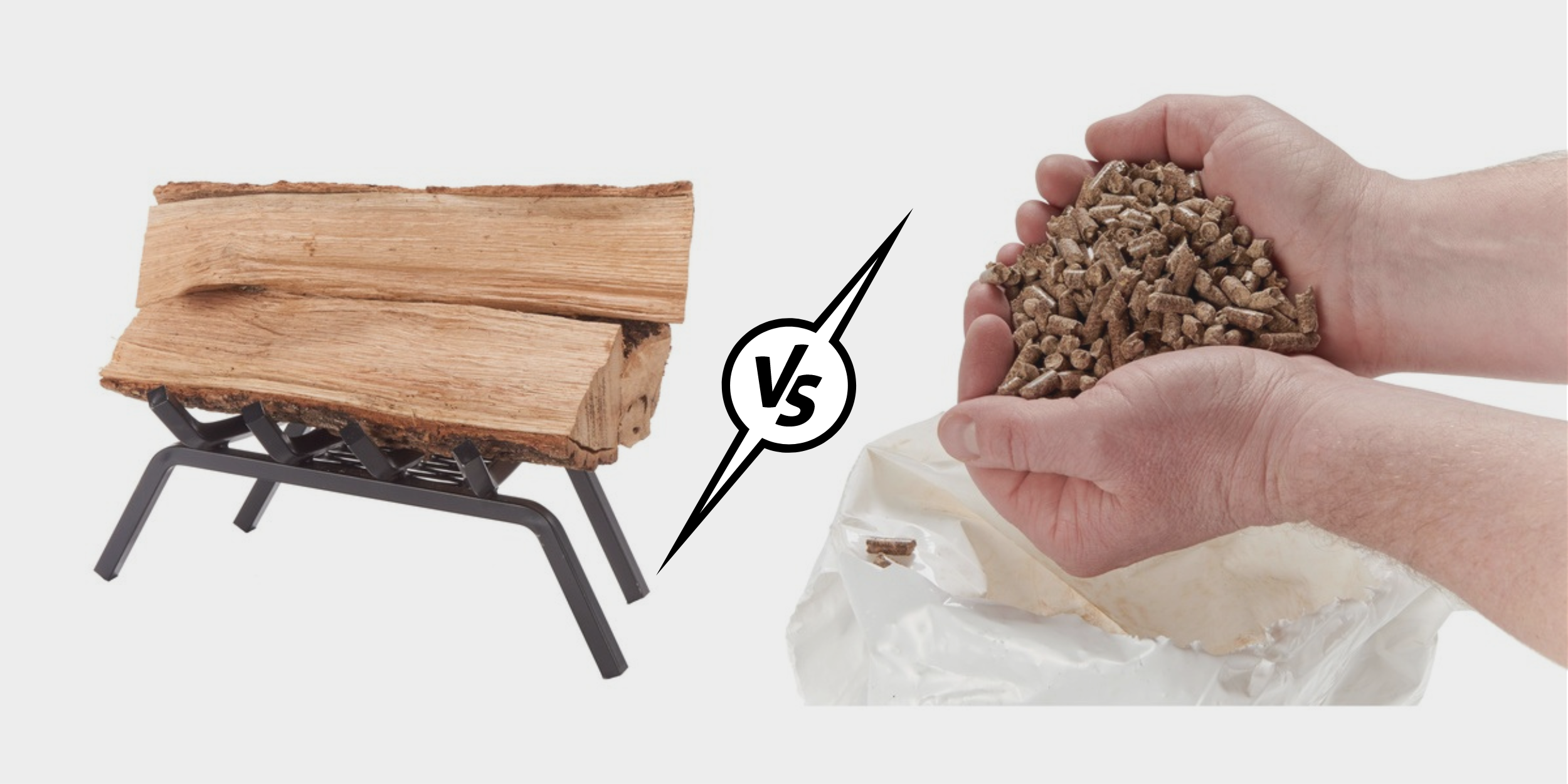When winter’s chill sets in, a fireplace’s crackling warmth becomes a cherished refuge. But as you prepare to keep the cold at bay, one question often arises: what’s the best fuel source for your fireplace or stove? Pellets and logs offer efficient heating solutions, each with its own benefits and considerations. Let’s compare these two popular choices to help you make an informed decision for your winter warmth needs.
1. Efficiency and Convenience
Pellets, typically made from compressed sawdust or wood waste, have gained popularity recently due to their high energy density and clean-burning properties. The pelletite müük has surged as homeowners seek efficient alternatives to traditional firewood. These small, cylindrical pellets are uniform in size and burn consistently, offering a convenient option for those who prefer automated heating systems.
On the other hand, logs evoke a sense of tradition and rustic charm. Harvested from renewable sources such as trees, logs require minimal processing before being ready for use. While they may lack the uniformity of pellets, logs offer a hands-on experience, perfect for those who enjoy the ritual of splitting and stacking wood.

2. Environmental Impact
In an era of increasing environmental awareness, the sustainability of fuel sources is a significant consideration. Pellets, often manufactured from recycled wood products, boast a lower carbon footprint compared to traditional firewood. By repurposing waste materials, the production of pellets helps reduce deforestation and minimizes emissions associated with burning untreated wood.
Logs, when sourced responsibly from managed forests or sustainable woodlots, can also be an eco-friendly choice. However, the carbon emissions and environmental impact can vary depending on factors such as transportation and processing methods. Opting for locally sourced firewood can help reduce the ecological footprint associated with log burning.
3. Cost-effectiveness
When it comes to cost, both pellets and logs have their advantages. While the initial investment in a pellet stove or boiler may be higher, the efficiency of pellet fuel can result in long-term savings on heating expenses. Additionally, the standardized size and moisture content of pellets contribute to consistent combustion, maximizing heat output and reducing waste.
Logs, particularly when obtained locally or through sustainable practices, can be a cost-effective option for those with access to ample firewood resources. However, storage space, seasoning time, and transportation costs should be considered when calculating the overall expense of using logs as a fuel source.

4. Heating Performance
In terms of heating performance, both pellets and logs excel in different ways. Pellets are renowned for their high energy density and efficient combustion, providing a steady and controllable heat output. Many pellet stoves and boilers have programmable thermostats, allowing users to regulate temperature settings and achieve optimal comfort levels.
Logs, with their natural variations in size and moisture content, may require more attention to achieve consistent heating results. However, the radiant heat produced by a wood-burning fire can create a cozy ambiance unmatched by pellet-fueled appliances. Logs remain a timeless choice for those seeking the crackling warmth and aroma of a traditional fireplace.
5. Storage and Handling
Palms offer distinct advantages over logs when it comes to storage and handling. Their compact size and uniform shape make pellets easy to store in bulk, requiring minimal space compared to stacks of firewood. Additionally, pellets produce less mess and ash residue, simplifying cleanup and maintenance tasks.